We spent a day of our package holiday to a Gambian coastal resort on a visit to the capital of Banjul. Although a quick Google search of sightseeing in Banjul did not fill me with inspiration, but we set off for Banjul nonetheless.
As capital cities go, it’s small. In fact, The Gambia is the smallest country in continental Africa. It’s really just a sliver of land either side of the River Gambia. On one side is the Atlantic Ocean, on the other three sides is Senegal. The area around the river was originally colonised by the Portuguese in the 15th century. A couple of centuries later, the British took control. In the 18th Century, the region was central to the slave trade. Captured slaves were taken to James Island in the middle of the River Gambia, where European ships could moor up and collect their cargo.
In 1807, the British abolished slavery and determined that no one else should continue the practice in their sphere of influence. It was decided to fortify another island, St Mary’s Island, further up river to prevent ships from approaching James Island. Thus, the city of Banjul came to be (although it was called Bathurst prior to independence in 1973).
How to get to Banjul
Banjul is around 10 miles from the popular tourist hotels which line the coast between Bakau and Senegambia and 16 miles from Banjul International Airport. As a foreigner, the best way to reach Banjul is by green tourist taxi (as opposed to local yellow taxis). Tourist taxis offer a private service, whereas local taxis may stop to pick up/drop off other passengers along the way. If you book a tourist taxi to take you to an attraction, the driver will wait for you. There are set prices for taxis, which are displayed on noticeboards, as well as a set rate for waiting time if you use a taxi for an excursion. Our driver also offered to accompany us and act as a tour guide.
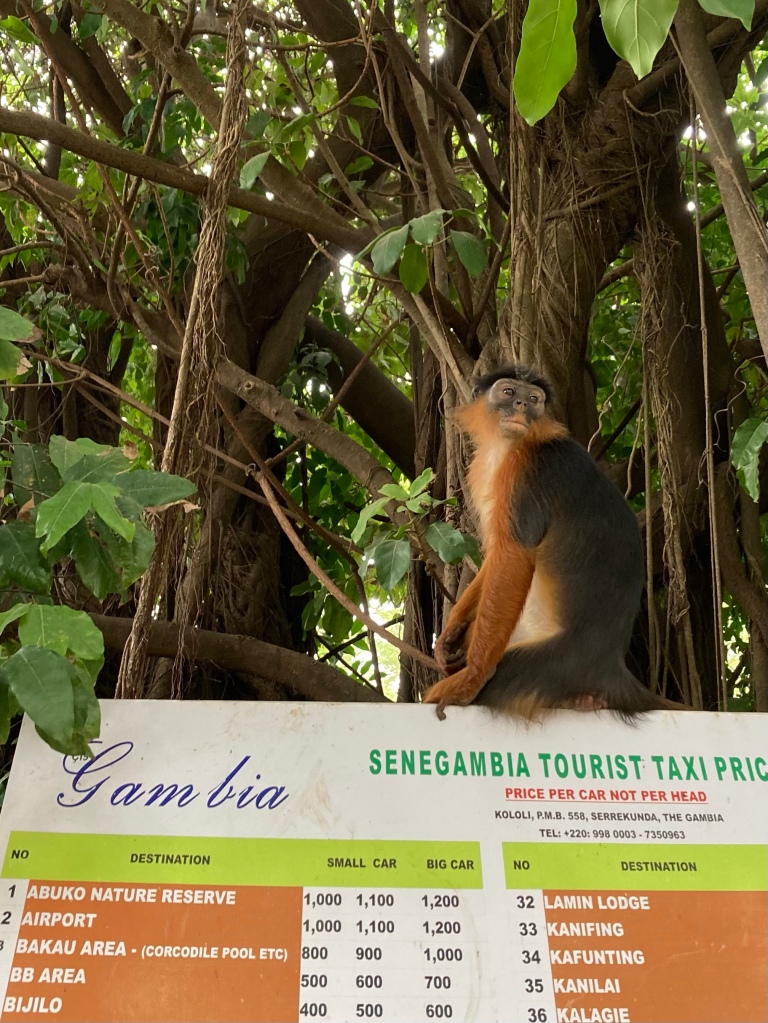
Getting around Banjul
Banjul can be hot and humid, which makes walking unpleasant. The constant attention from locals asking for money can also be difficult to deal with. Our driver drove us to and around the city and accompanied us to each of the attractions we visited. We drove between the first few attractions, then walked a circuit round the old town; total distance 0.5 miles.
Where to Stay in Banjul
Very few visitors actually stay in Banjul. We stayed at the Ocean Bay Hotel & Resort in Bakau. Here, you can stay in spacious apartments close to the beach with a nice pool. We opted for B&B, but many of the guests choose an all inclusive package.
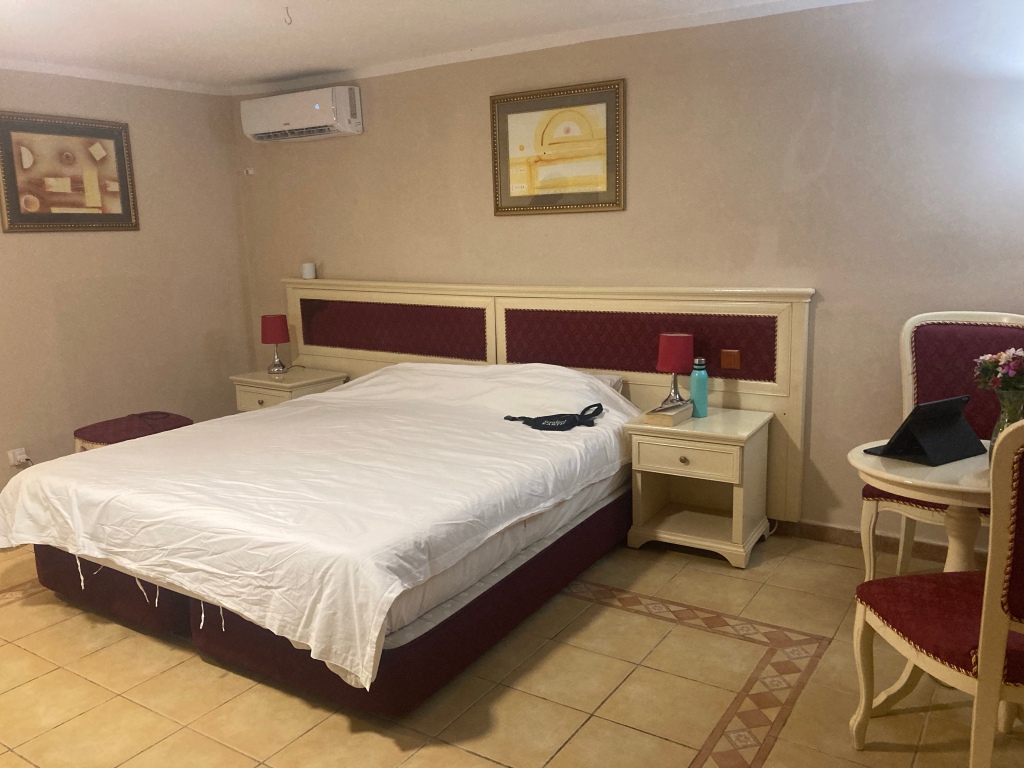
Banjul in 1 Day Itinerary
| Day 1 | Drive to Banjul Denton Bridge Arch 22 King Fahad Mosque Independence Drive National Museum of The Gambia July 22 Square State House Albert Market Old Town Tanbi Wetland Complex |
Banjul in 1 Day Attractions
| 1 | Denton Bridge |
| 2 | Arch 22 |
| 3 | King Fahad Mosque |
| 4 | Independence Drive |
| 5 | National Museum of The Gambia |
| 6 | July 22 Square |
| 7 | State House |
| 8 | Albert Market |
| 9 | Old Town |
| 10 | Tanbi Wetland Complex |
Drive to Banjul
This little capital on a river island has a population of just 34,500. This includes the president, Adama Barrow which means that you can’t just wander into Banjul. The only road onto the island, the Banjul-Serrekunda Highway, is heavily guarded and you must pass through a police checkpoint in order to proceed across Denton Bridge onto the island.
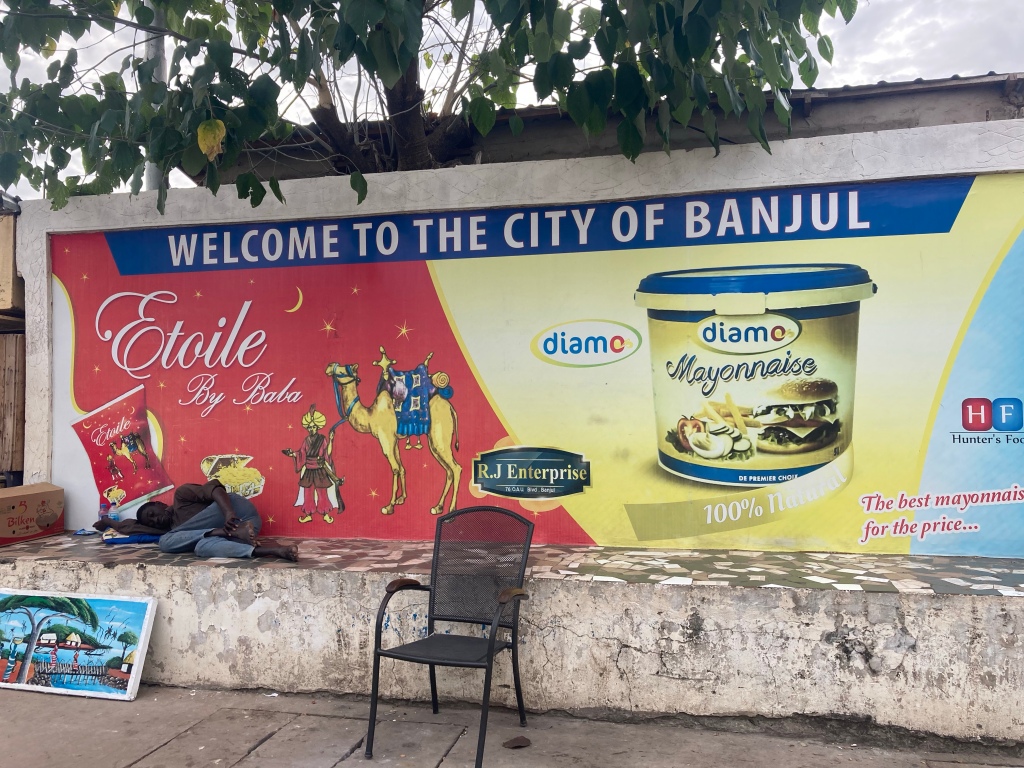
Denton Bridge
Built in 1986, the 210 metre long Denton Bridge, which spans the Tanbi Wetland Complex, is the only road connecting Banjul to the mainland. Once we are through the checkpoint, we continue along the highway until we reach our first destination; Arch 22.
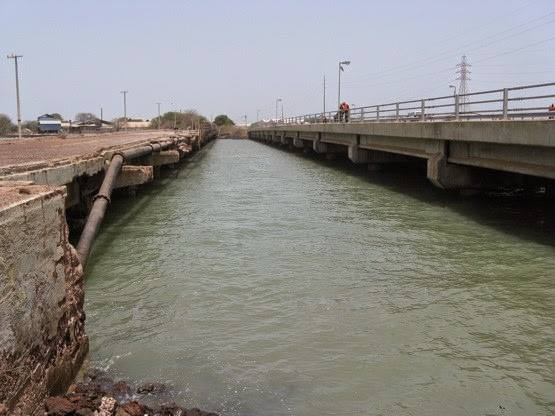
Arch 22
Arch 22 is a memorial arch which sits astride the highway at the start of Independence Drive. The 36 metre tall arch ( the tallest building in The Gambia) was built in 1996 to mark the military coup of 22 July 1994, when Lieutenant Yahya Jammeh overthrew the democratically elected Gambian government.
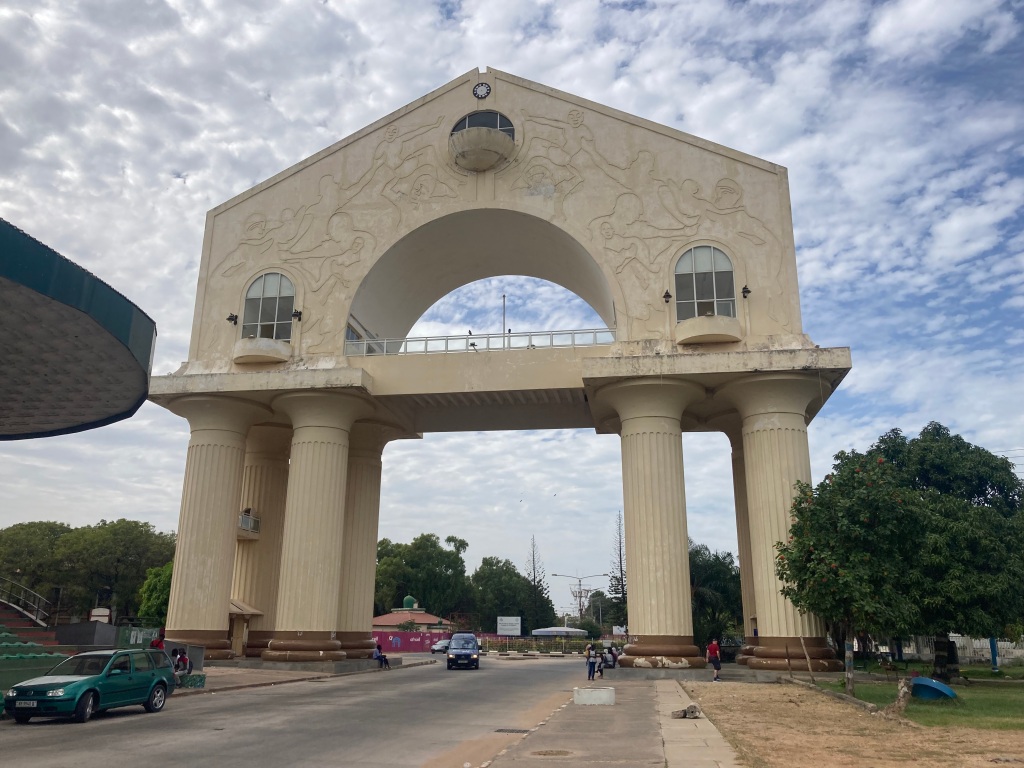
For 100 Dalasis (around £1.30) you can climb the 150 steps round a spiral staircase in one of the arch’s eight supporting columns. This brings you to a series of viewing platforms, including one in the roof.
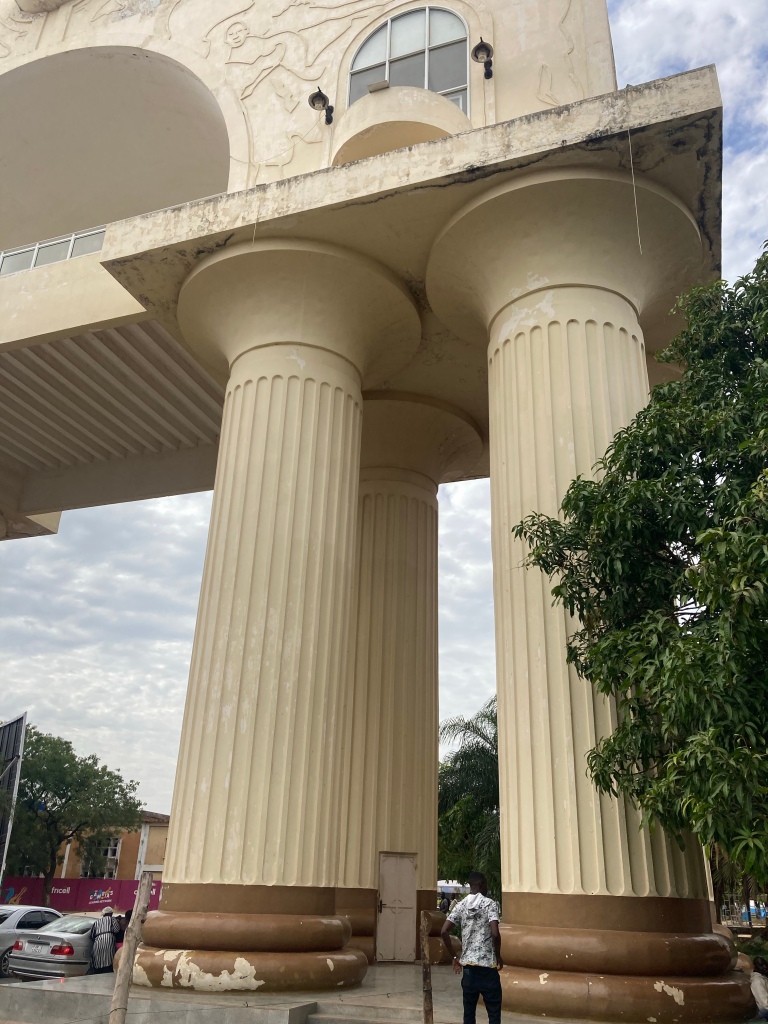
Ex president Jammeh has subsequently been deposed and subsequently fled into exile taking the contents of the Central Bank with him. Hence, the arch has fallen into disrepair. Where once were a restaurant and gift shop is now just junk and rubble. However, you can still climb to the the top, from where you can see the whole of Banjul and its environs; along Independence Drive to the town, with the port and the River Gambia beyond.
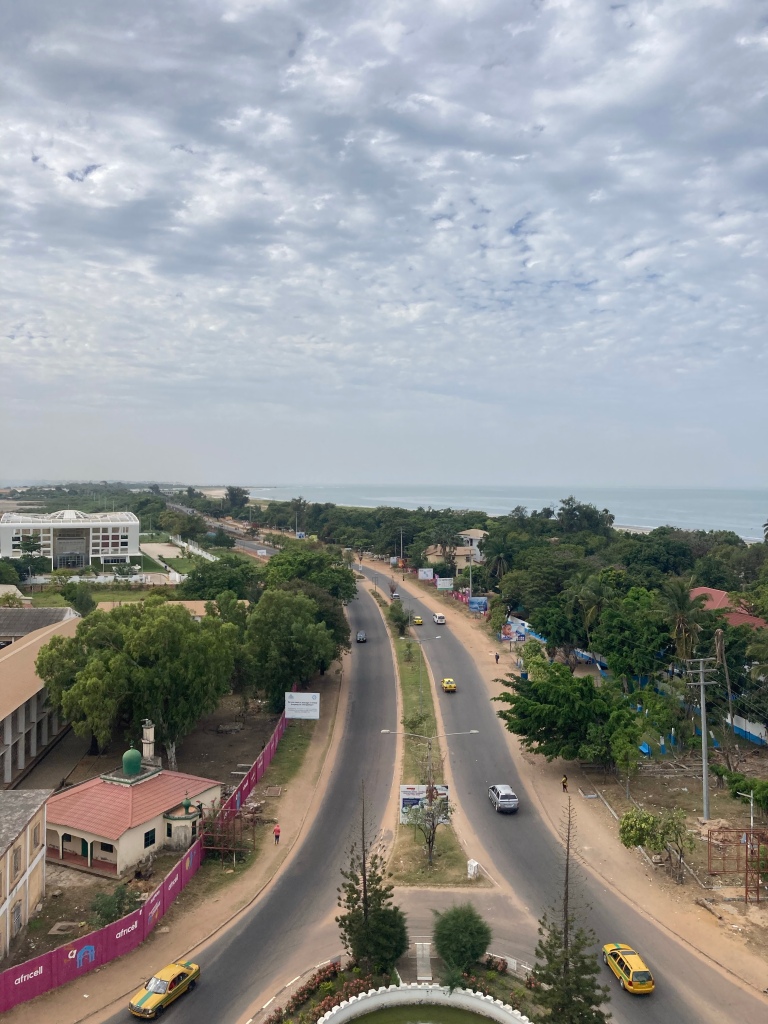
The museum documenting the events of the coup is still partially intact.
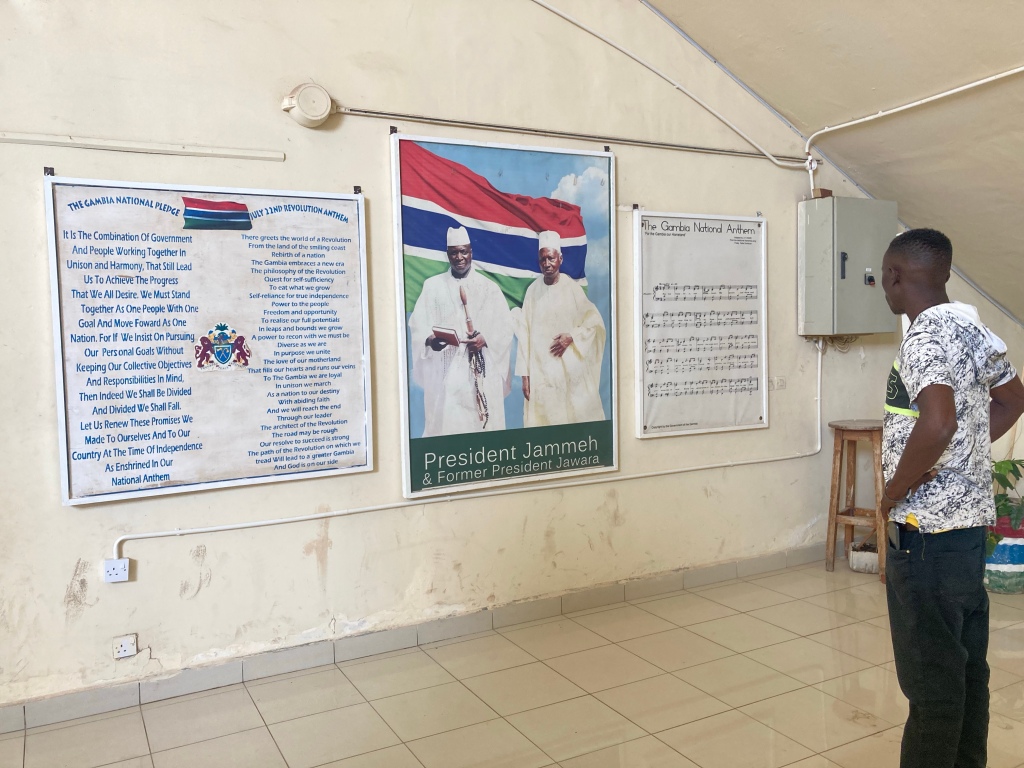
King Fahad Mosque
Just south of the arch, with its two minarets dominating the skyline, is the King Fahad Mosque. The mosque (also known as Banjul Central Mosque) was built in 1988 and can accommodate up to 6,000 worshippers.

Independence Drive
Running south east from the arch is Independence Drive. This tree lined avenue is the main road through the capital and home to a host of government buildings.
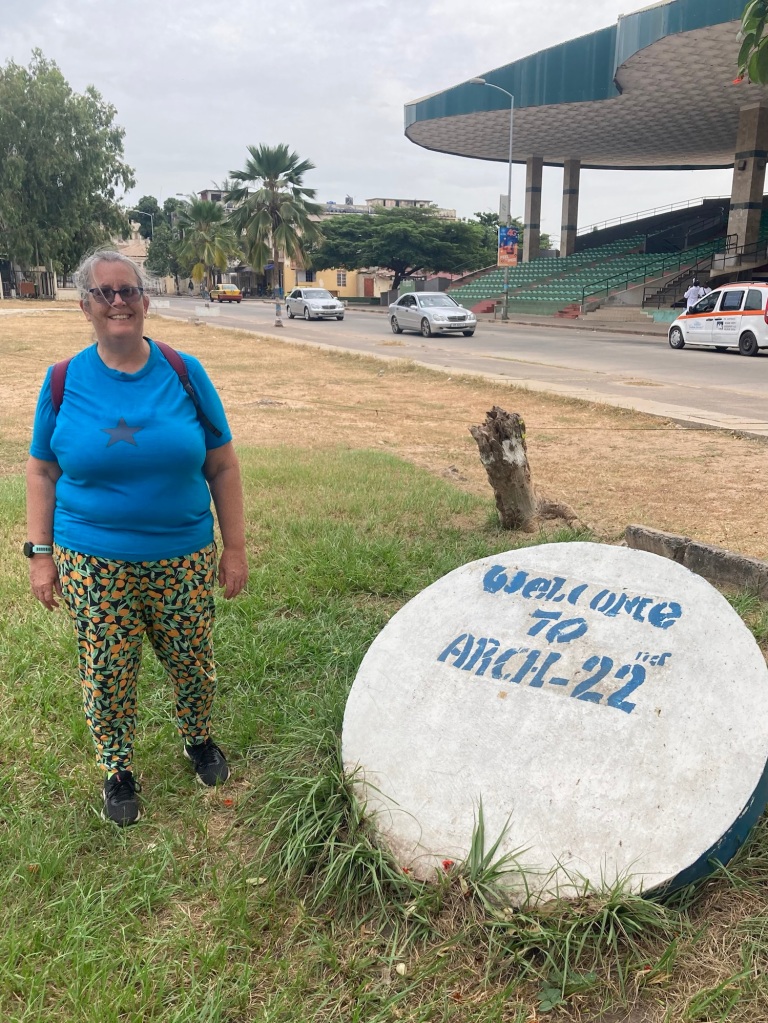
National Museum of The Gambia
Also on Independence Drive is the National Museum of The Gambia. It’s rather tired (that’s being generous) but documents the region’s history from prehistoric to relatively recently and has some interesting exhibits.

If you’ve always wanted to see a sailing ship made out of doilies, this is your chance…

July 22 Square
Our final stop is July 22 Square. The Square (also called MacCarthey Square) is open to the public on special occasions, such as Independence Day, when it hosts a military parade.
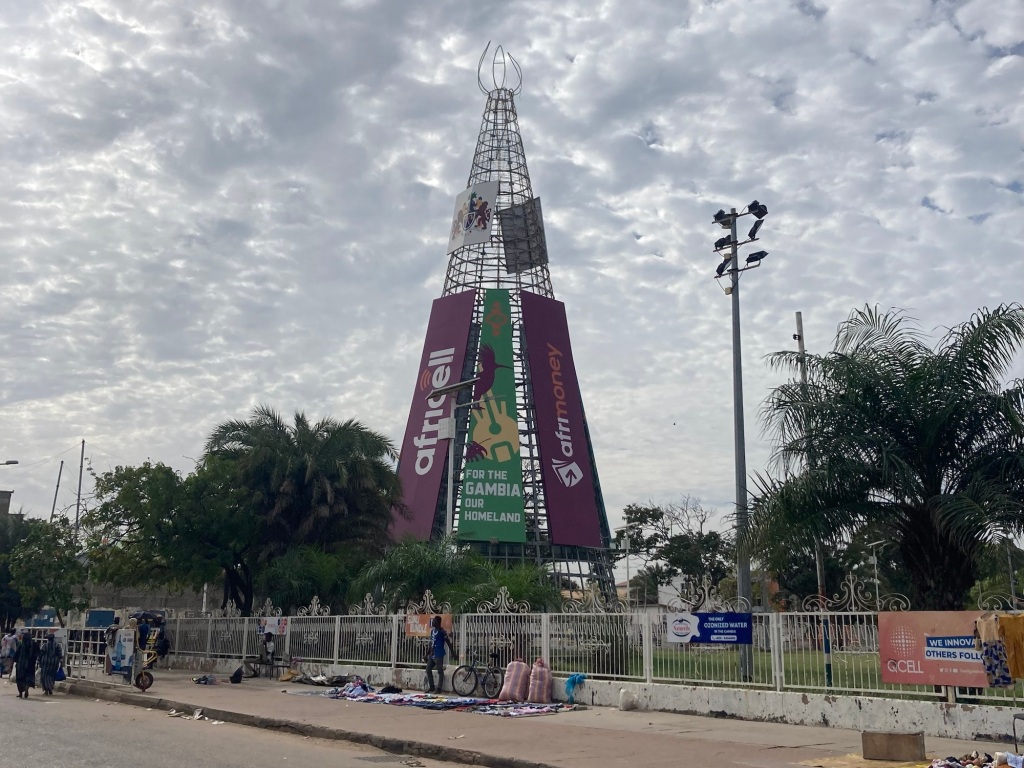
Next to the square are a World War I memorial and a fountain dating from the 1930s.

From the square, we take a circular walk past the State House and Albert Market, through the old town and back to the car.
State House
The State House is the official residence of the president and is heavily guarded with plenty of soldiers to deter trespassers. Photography is prohibited – oops!
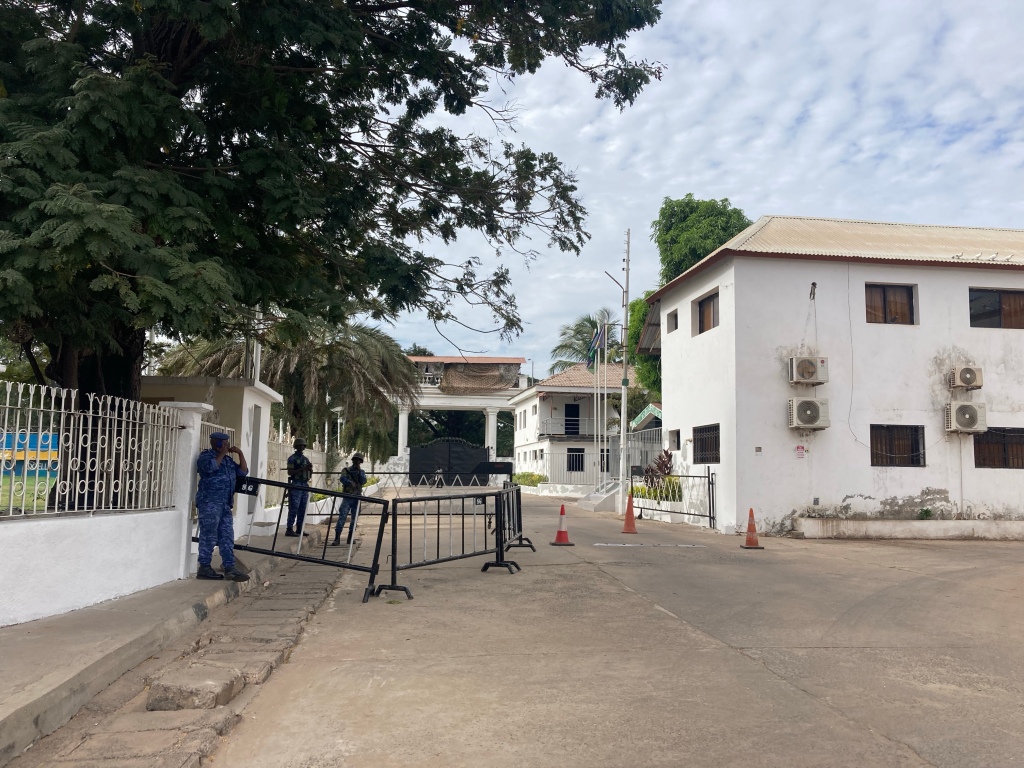
Albert Market
We continue on through Albert Market. Since its founding in the 19th century, Albert Market has been Banjul’s main commercial hub. If you love shopping, this is a great place to spend some time. The market is split into three separate areas;
- the tourist market selling clothes, jewellery, arts and crafts
- the produce market, selling fruit and vegetables, meat and fish
- the wholesale market selling virtually anything else you can think of
Personally, I hate shopping and having lived in West Africa for three years, we have more than sufficient African handicrafts. So, we don’t delve too deeply, just take a few photos and move on.
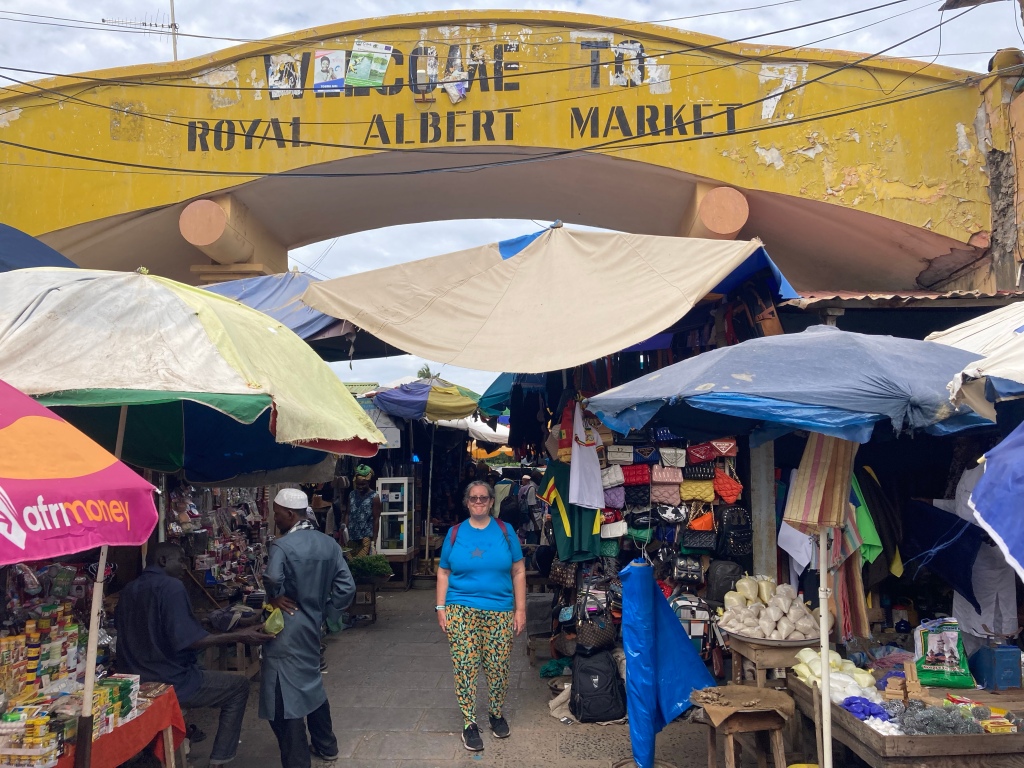
Old Town
Heading towards to the ferry terminal is a collection of rather decrepit colonial buildings and clapboard houses, lined with traders selling all manner of goods. It’s noisy, dusty and chaotic and quintessentially west African.
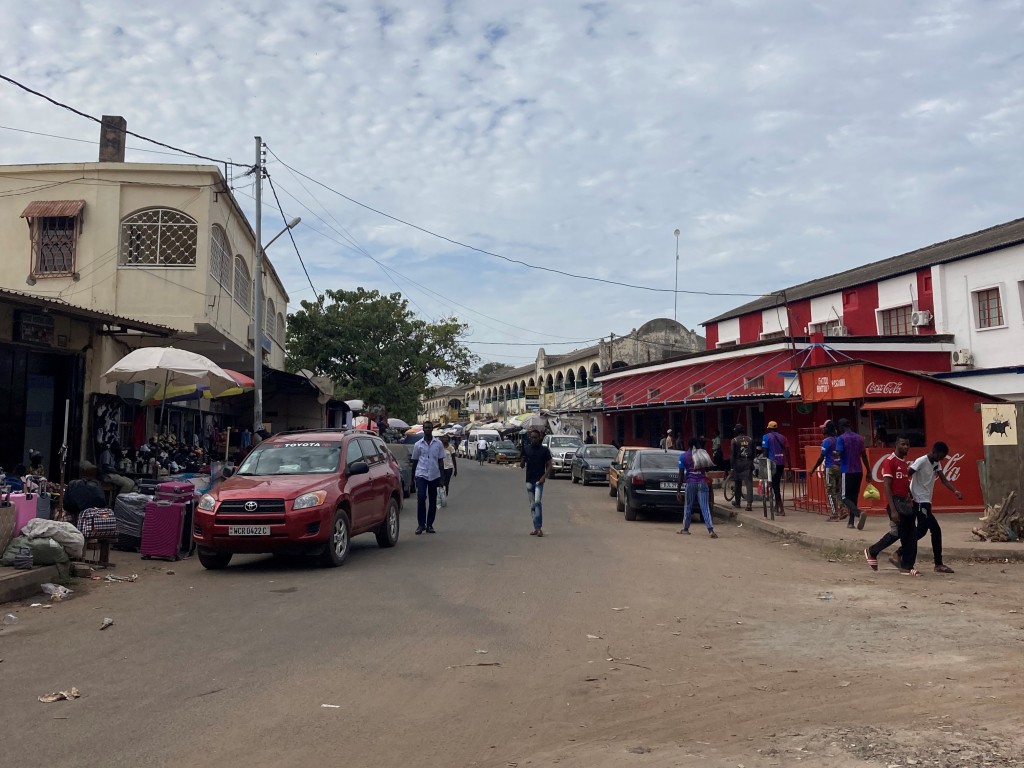
Tanbi Wetland Complex
Having exhausted the sights of Banjul, we drive back to our hotel, stopping en route at the Tanbi Wetland Complex. This wilderness site is located on the southern entrance to the mouth of the River Gambia. It covers a total area of about 6,000 hectares (of which mangroves make up 4,800 hectares) to the west and south west of Banjul. It’s a great spot for birdwatching or just enjoying nature.
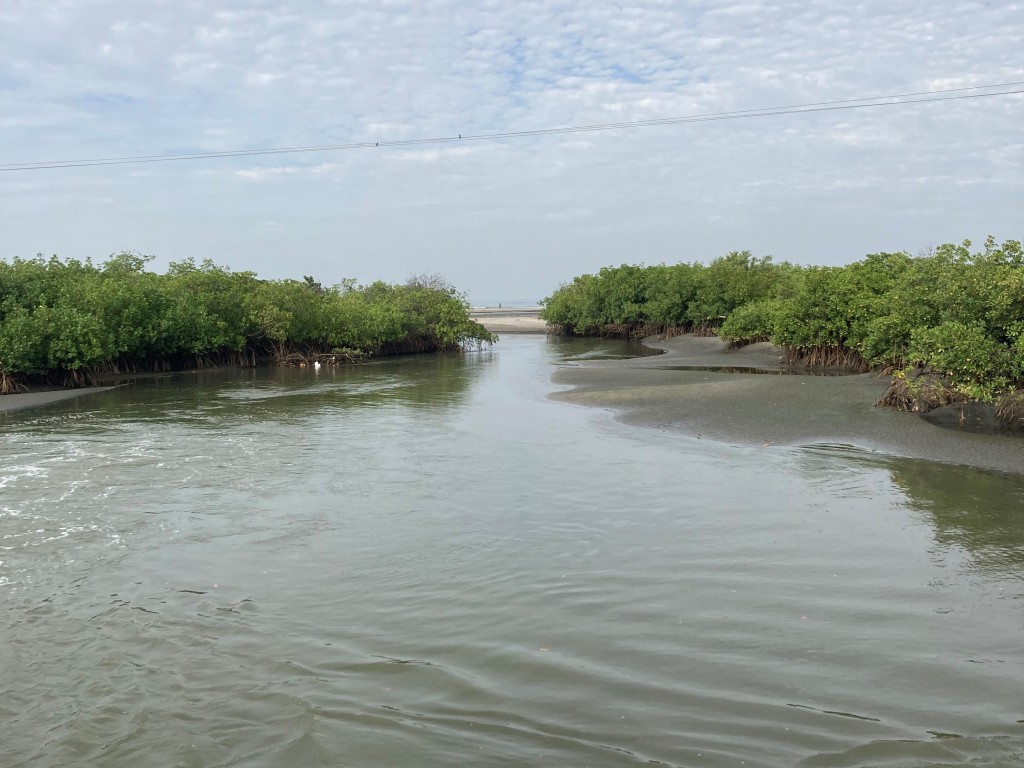
I hope you found the above information useful. For more guides from other destinations in the 50+ countries we have visited, check out my full Travel Guides list here.
- Trip Taken: November 2022
- Updated: June 2023
Leave a comment